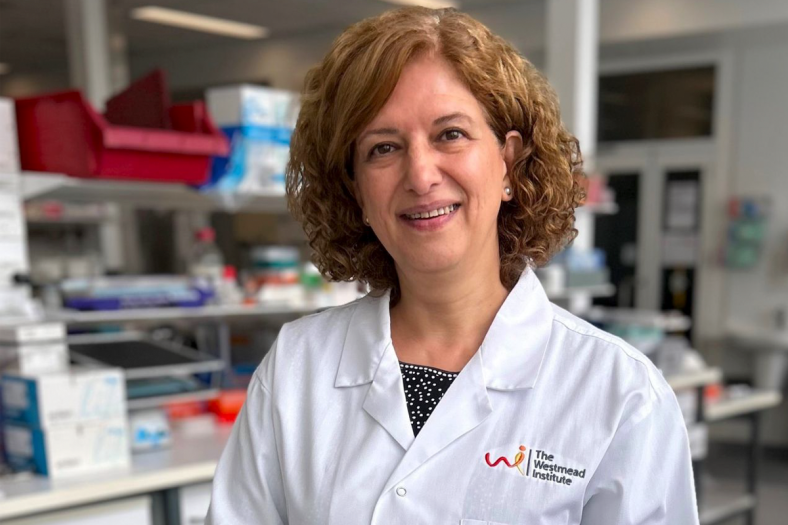A study by Australian researchers has helped to develop a unique test to determine which COVID-19 patients need urgent, life-saving medical care.

Senior Research Scientist at Nepean Hospital, Dr Maryam Shojaei
Led by Nepean Blue Mountains Local Health District researchers, the study recently published in Lancet Microbe reveals that combining genomics with artificial intelligence (AI) could predict the COVID-19 patients at risk of developing secondary bacterial infections.
The new test uses a few drops of blood and AI to identify signatures in a person's bloodstream to predict, with pinpoint accuracy, the risk of them developing a secondary respiratory infection after hospital admission.
The test was developed by researchers from Nepean Hospital, the Westmead Institute for Medical Research, and the University of Queensland with input from international clinicians, virologists, immunologists and bioinformaticians.
Senior Research Scientist at Nepean Hospital's Department of Intensive Care Medicine, Dr Maryam Shojaei is one of the lead authors of the study that led to the development of the new test.
"It has been known for many decades that lots of information that might help clinicians make decisions is available in blood. We know that the immune system is much more evolved and sensitive than we ever imagined. That is why blood is becoming the window into disease," says Maryam.
"It turns out the human immune system is pretty good at knowing what is making us sick and it is telling us all the time. So simply, the immune system molecules can signal assault which could improve patient care through the right diagnosis at the right time," says Maryam.
The new method of testing for secondary bacterial infections dramatically improves diagnoses with results returning in just hours.
"Early detection of high-risk patients will help improve patient triage and allow them to be treated early. This would let a doctor look at a patient and say, 'You're going to need a ventilator' or 'You'll be okay, you can be managed at a lower intensity'", Maryam added.
A unique aspect of the test is that rather than looking for a bug, it actually reads a patient's immune response.
"We looked at some of the immune markers in the blood. We use machine learning to interpret that, which then tells a physician how sick the patient who has a viral infection is and if they will progress to superinfection," says Maryam.
"This marriage of computation and immunology will reduce the workload of physicians and decrease errors and time in diagnosis."
Currently the method to perform similar tests requires the examination of microbiological cultures in a laboratory which can take a few days for results to return.
Time to treatment is not the only benefit of using the new AI-assisted test. The improved accuracy means clinicians can now make more informed choices as to the delivery of drugs such as antibiotics to fight off any infection.
"In theory, you could give antibiotics to all COVID-19 patients to prevent secondary bacterial infections. But with the predictive model, we can now determine more accurately who needs life-saving treatment," says Maryam.
It is hoped the study will lead to a basic blood test that can help during future pandemics with other viral infections.
Maryam expressed how grateful she was to the committed team at Nepean Hospital's Intensive Care Unit for their tireless efforts to improve health care.
Further thanks is given to members of the Centre for Immunology and Allergy Research, Sydney Informatic Hub, the PREDICT-19 consortium and the SNOW Foundation for their support, which made this study possible.
Full findings of the research have been published in the international journal, Lancet Microbe.






